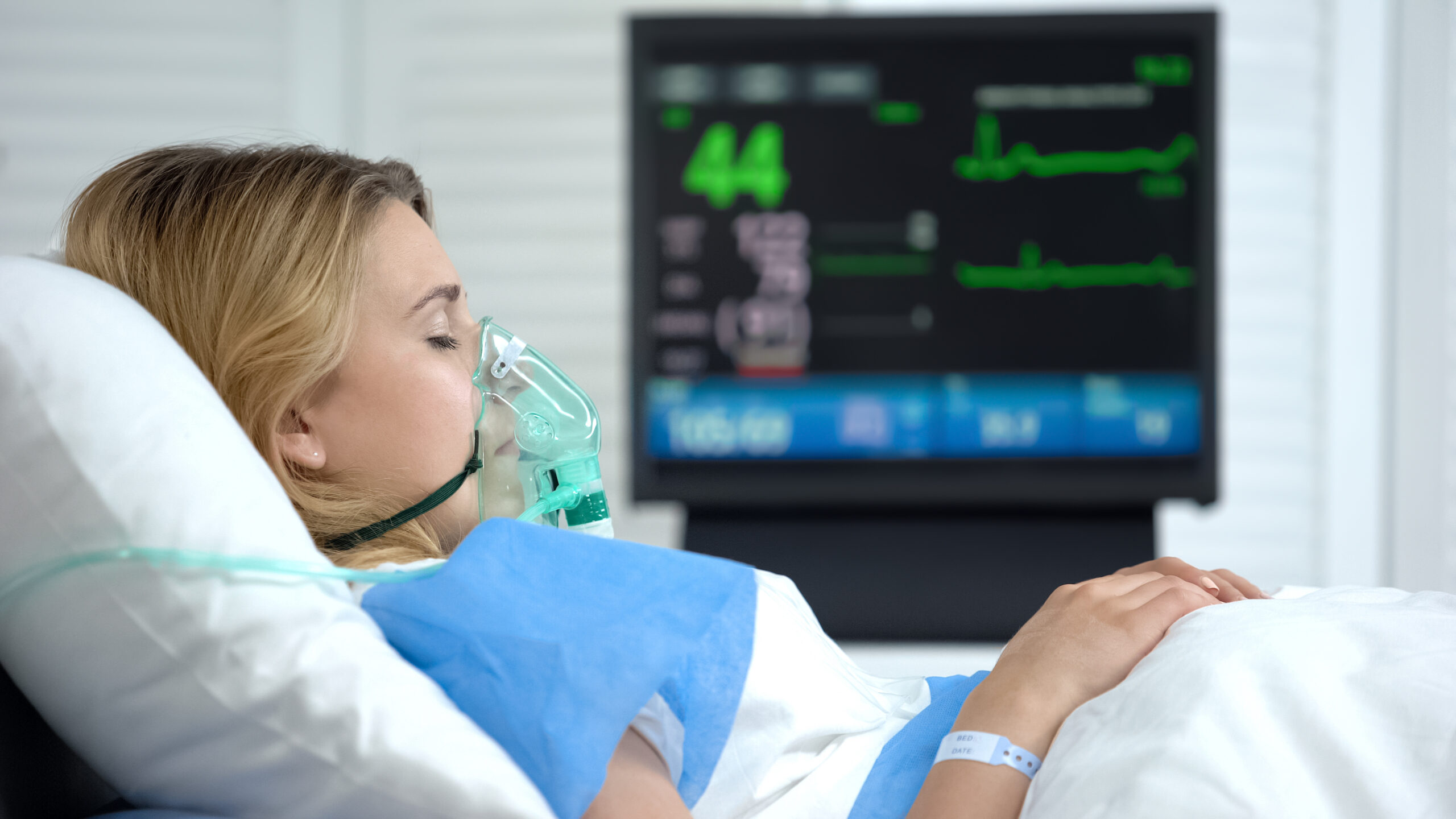For patients who go into cardiac or respiratory arrest, return of spontaneous circulation (ROSC) is both a huge milestone — and just the first step. The patient survived the event itself — no small feat given persistently poor outcomes for in-hospital cardiac arrest nationwide. But in its aftermath, they often face a complex mix of conditions, ranging from the pathology that caused the arrest in the first place, to new complications such as reperfusion injury, neurologic injury, or myocardial dysfunction.
That’s why the next steps after ROSC are just as critical as the code itself. For hospitals, this means having systematic, multidisciplinary post-cardiac arrest care processes in place to optimize outcomes and support the patient’s continued survival and recovery.
What exactly does that look like? The answer will vary depending on the patient’s unique needs, but there are certain best practices that apply across the board. In this article, we cover the basics of post-cardiac arrest care when it comes to initial stabilization, case-specific considerations, and continued management and support.
Initial stabilization
For optimal outcomes, transport the patient to an appropriate critical care unit and begin post-cardiac arrest care immediately after ROSC. Focus on the following1:
Secure the airway
- Place an endotracheal tube if not done already. Use continuous end-tidal carbon dioxide (ETCO2) monitoring to confirm tube placement and to monitor the patient, as decreasing ETCO2 trends can be a sign of re-arrest.
- Maintain a respiratory rate of 10 breaths/min.
- Titrate oxygen to maintain an oxygen saturation of 92%-98%. Wean down as tolerated to reduce the risk of oxygen toxicity.
Maintain hemodynamics
- Target a systolic blood pressure >90 mm Hg and mean arterial pressure >65 mm Hg. Support hypotensive patients with fluids and vasopressor medications as needed to reach and maintain these targets.
- As soon as possible, obtain 12-lead electrocardiography (ECG) to identify ST-elevation myocardial infarction (STEMI), acute myocardial infarction, or other abnormalities requiring cardiac intervention.
Case-specific considerations
While all patients will benefit from the initial stabilization steps above, post-cardiac arrest care will begin to diverge based on the patient’s ECG results and whether the patient is awake or comatose.
Does the patient require cardiac intervention?
Ensure early transfer to the cardiac catheterization laboratory for patients who:
- Are in cardiogenic shock
- Have an active STEMI
- Require extracorporeal membrane oxygenation
Is the patient comatose?
Patients who are unable to follow commands will require further assessment of neurologic signs. This can include:
- CT scan
- Continuous or intermittent electroencephalography (EEG)
- Targeted temperature management (TTM)2-4: There are differing views regarding optimal temperature goals for TTM. While previous studies supported therapeutic hypothermia at a target of 32°C-36°C for 24 hours, new research suggests that maintaining normothermia and preventing hyperthermia is more appropriate.4 Regardless of the discussion around ideal targets, active temperature management can support long-term neurologic outcomes for comatose patients and is still an important strategy in post-cardiac arrest care. And given the high prevalence of fever post-arrest, even patients targeting normothermia may require and benefit from active cooling.4
Continued care and management
For all patients (comatose or awake), continued monitoring and management is crucial to spot trends, prevent re-arrest, and optimize recovery. This includes:
- Maintaining vital signs, including oxygen saturation.
- Monitoring temperature closely.
- Assessing laboratory studies and supporting normal blood chemistry levels, as applicable.
- Continuing to assess the “H’s” and “T’s” as applicable to rule out further cardiac arrest events1:
- Hypovolemia
- Hypoxia
- Hydrogen ion (acidosis)
- Hypokalemia
- Hyperkalemia
- Hypothermia
- Tension pneumothorax
- Tamponade, cardiac
- Toxins
- Thrombosis, pulmonary
- Thrombosis, coronary
RELATED ARTICLES
Ready to learn more?
Read our article on how resuscitation performance impacts long-term outcomes next.
References
-
Association, A. H. (2020). American Heart Association [PDF]. cpr.heart.org. Retrieved July 12, 2022, from https://cpr.heart.org/-/media/CPR-Files/CPR-Guidelines-Files/Algorithms/AlgorithmACLS_PCAC_200622.pdf
-
Kainz, E., & Fischer, M. (2022). Gezieltes temperaturmanagement nach reanimation. Der Anaesthesist, 71(2), 85–93. https://doi.org/10.1007/s00101-022-01091-1
-
May, T. L., Riker, R. R., Fraser, G. L., et. al. (2018). Variation in sedation and neuromuscular blockade regimens on outcome after cardiac arrest. Critical Care Medicine, 46(10), e975–e980. https://doi.org/10.1097/ccm.0000000000003301
-
Rasmussen, T. P., & Girotra, S. (2021, November 9). A contemporary update on targeted temperature management – american college of cardiology. American College of Cardiology. https://www.acc.org/latest-in-cardiology/articles/2021/11/09/13/16/a-contemporary-update-on-targeted-temperature-management






